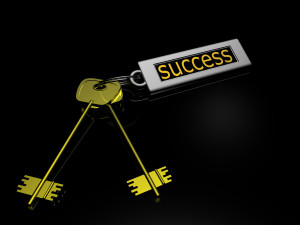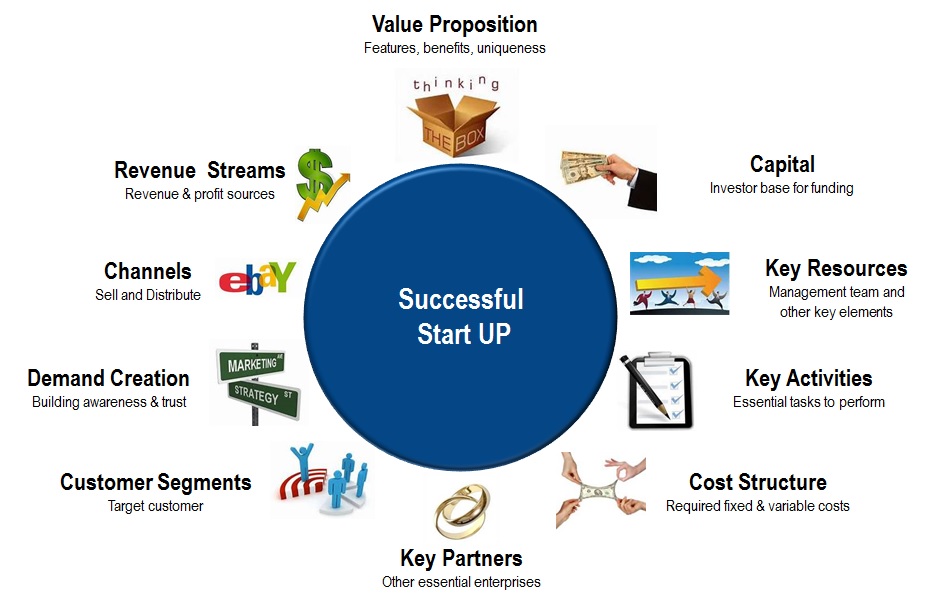
Make sure you are coming home with more than just free T-shirts and pens. The best souvenirs are a big list of hot customer leads and referrals!
Tradeshows can be a great place to get the word out about your product and also to keep abreast of late breaking news, trends and opportunities. However, they can also be very expensive. Registration fees, travel costs, shipping and other logistical costs, not to mention opportunity costs by having your sales team out of the field for a few days, add up fast.
Don’t just attend, participate!
It is important to identify all of the tradeshows and conferences that will be good sources for customer leads. Note that I said ‘good sources for customer leads’ not just which events you think your customers will attend. Some tradeshows and conferences, although excellent events for scientific exchange, are less than great places to make meaningful contacts with potential customers. Determine which events will have the most value for you by attending as many tradeshows and conferences (as an individual not as a vendor in the beginning) as your budget and time will allow. Make sure to plan time towards the end of the event to speak with some of the people manning the vendor booths. Be sure to speak with a representative sample of vendors to get an overall but relevant sense of how valuable this event has been for them in terms of identifying good sales leads (both quality and number). Be sure to attend some of the scientific sessions and especially the poster presentations of those researchers that could become some of your first customers when you launch.
When Attending Prior to Your Product Launch
- Talk with vendors about how valuable they think the show is. (Do this towards the end of the show but not at the very end)
- Visit the posters of researchers that you think could be customers for you and find out if the problem you plan to solve with your great product is appealing to them or not and why. (Don’t propose your solution yet) This can be a great way to start narrowing down what the minimal performance characteristics and features are that your product must have when you launch. You will also get a sense of how well your offering will be received if and when you host a vendor booth here in the future
- Take advantage of the fact that this can be a great place to set up meetings with key people that will be important for your business since they might also be attending the meeting.
- Post Show – Get all of the contacts that you made into a database and follow up with a brief thank you. (MS Excel spreadsheet is more than enough for this at this point)
- Post Show – Use your meeting value assessment (see above) to rank all of the shows you attended based on how valuable they would be for getting customer leads (The conference at the top of your list will be the one that you should plan to use as part of your launch strategy)
When Attending After Your Product Launch
- Before the Show – Be sure to have a customer lead follow up plan for how all leads will be handled after the show and by whom
- Have sales team and/or product management manage the booth
- Have your booth staff rate the value of each contact they make immediately after meeting them. For example: add an A, B or C next to each new contact using your lead capture system to aid in your post-event follow up. Put an A next to those that could be customers in the next 30 days (First follow up group), B next to those that would be customers in 60 days (Second follow up group) and a C next to everyone else
- Continue to visit posters and get feedback on the problem your product is solving. This way you will be on top of important trends that will guide the next iteration of your product, modifications to your sales value proposition and other positioning materials based on what you learn
- Measure your brand strength. When meeting with people at the booth or at the scientific sessions, ask ‘Have you heard of ‘your company name here’ before?’. If they have, ask what they think about it. Don’t correct them if they get it wrong. Just collect this information for now (The first time you do this can be a bit discouraging but you will be setting a baseline, If you are doing things right, you will notice a real improvement at next year’s tradeshow.)
Stay vigilant
Some conferences and tradeshows that were initially valuable may not be worth the expense in later years. Meeting agendas change as do the attractiveness they have for your customers. Getting in the early habit of doing a post-event value evaluation after every tradeshow or conference will insure that your time and money for this are maximally rewarded. As your budget for meeting attendance grows, consider reserving some of this to attend new events that could have a better return on your investment.
Picture Credit: © Budda | Stock Free Images & Dreamstime Stock Photos






